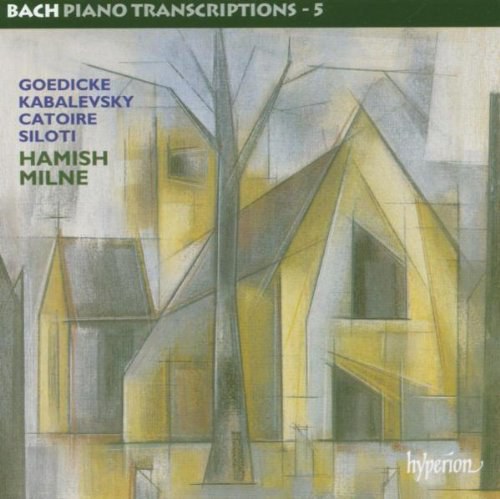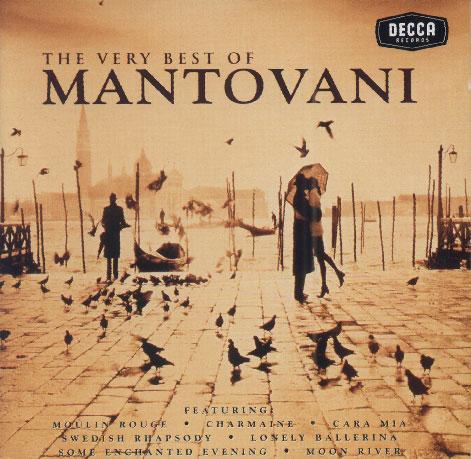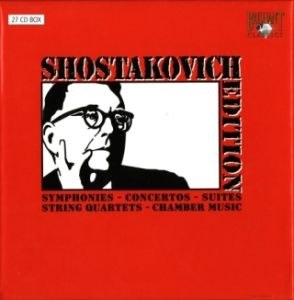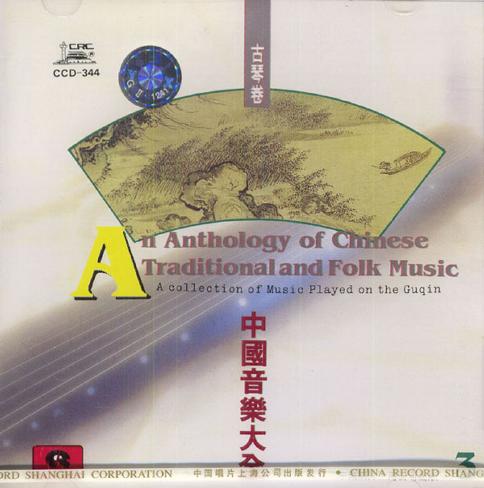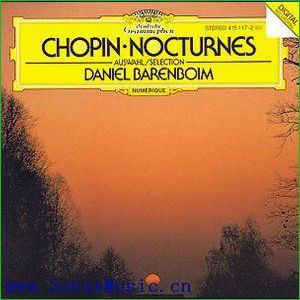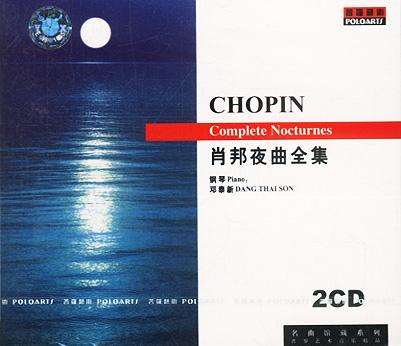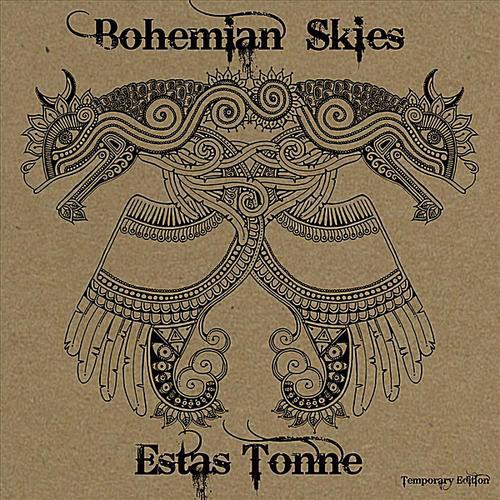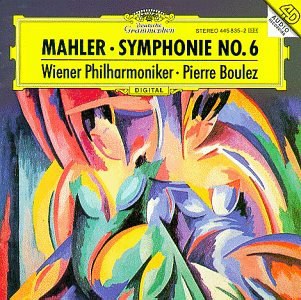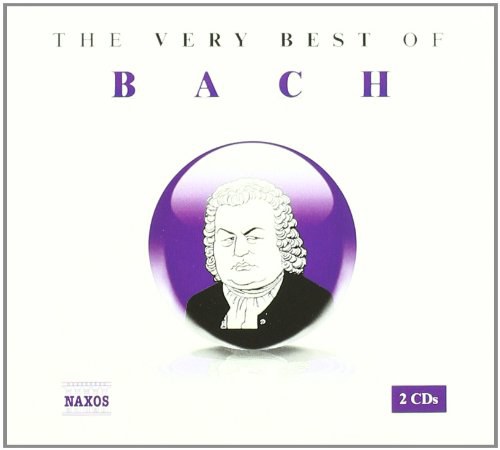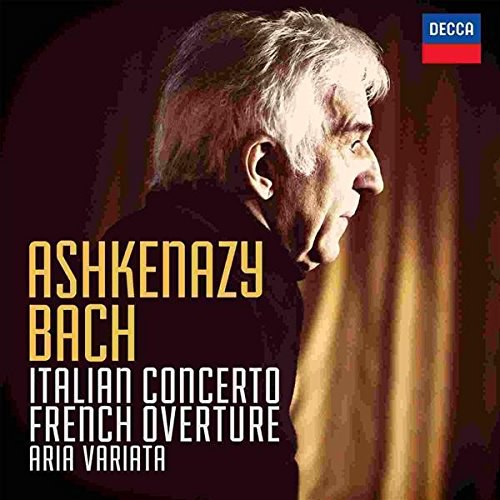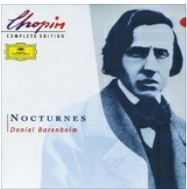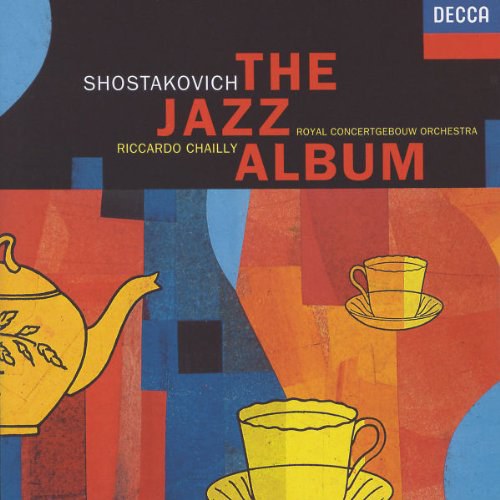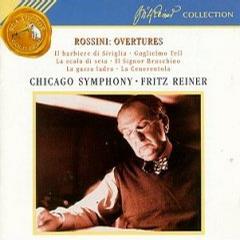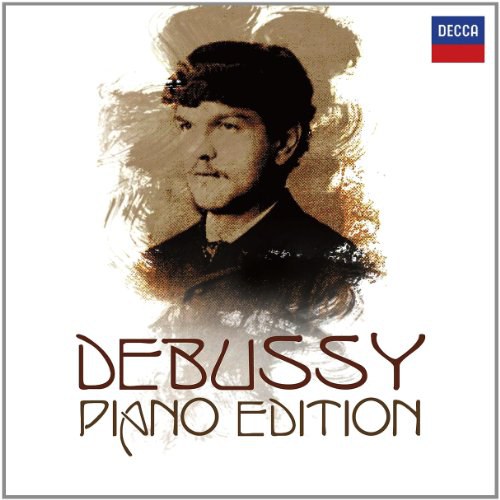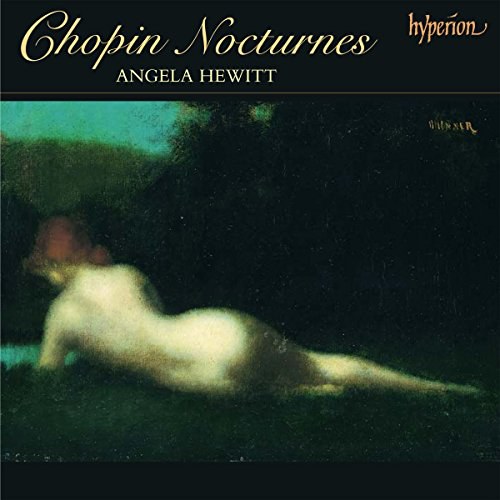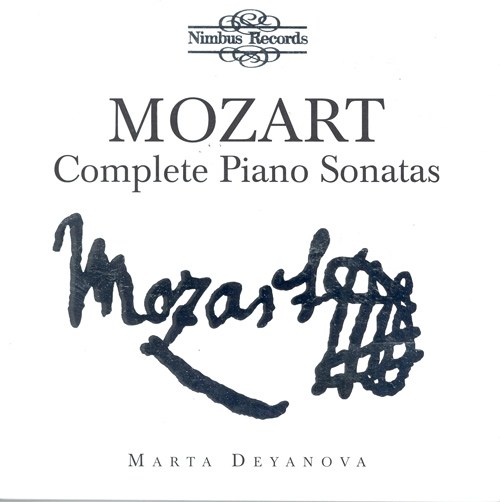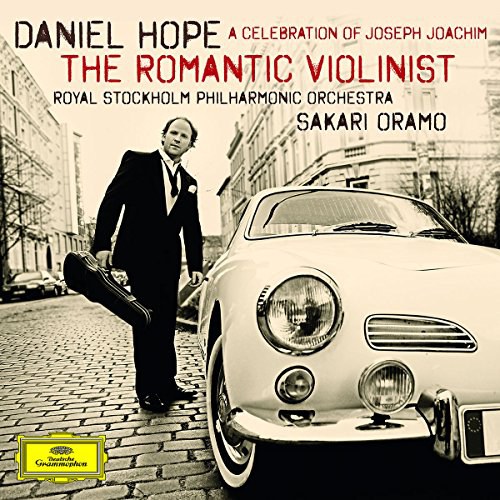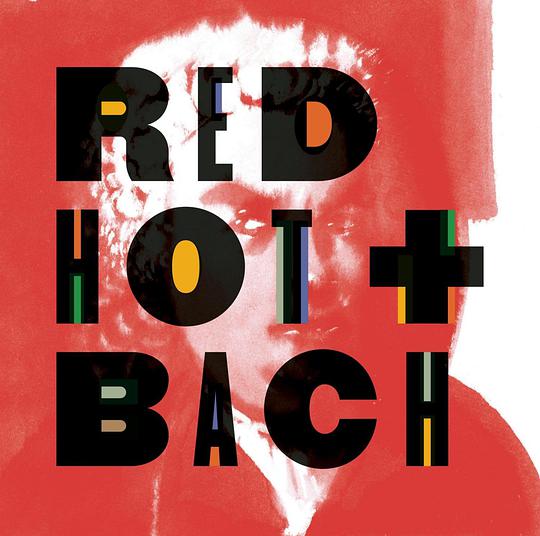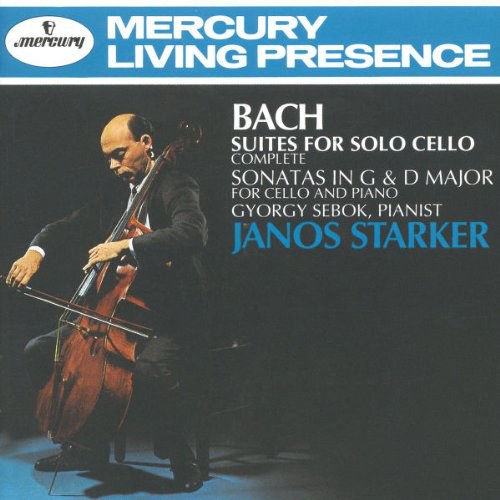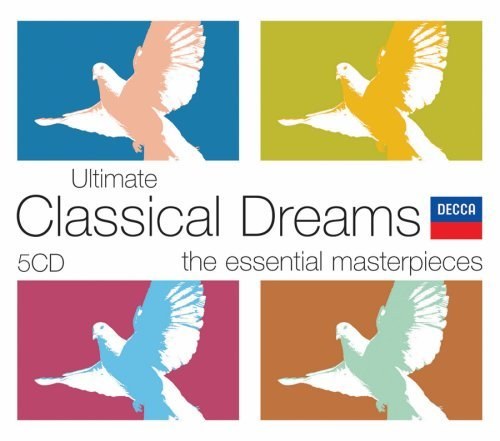A Celebration of Joseph Joachim
For as long as I can remember, the name Joseph Joachim has intrigued me. I first saw it on the title page of Brahms’s Violin Concerto – which he dedicated to Joachim – when I was a boy studying the piece, then again in the score of the Bruch Violin Concerto in G minor, which Joachim edited. Some of the first records I owned were of “vintage” violinists, including Ysaÿe and Sarasate, but it was Joachim’s unique sound which especially captivated me and put a musical face to the mysterious name. Then one night after a concert in Munich, a lady gave me a book she had written about Joachim. I began to research this fascinating figure, and was struck by his creativity and the breadth of his influence on Romantic composers. With this album I have tried to paint a musical picture of this extraordinary violinist and visionary.
Joachim’s bridge-building in introducing the young Johannes Brahms to Robert and Clara Schumann in 1853 is represented here by the latter’s Romanze for violin and piano from that year. Clara dedicated it “in friendship” to Joachim, and performed it with him on several occasions. I’ve also included Joachim’s own slightly earlier Romanze as well as his Notturno for violin and orchestra. The “F-A-E” Sonata, based on Joachim’s motto, frei aber einsam (free but lonely), was the result of an 1853 collaboration between Robert Schumann, who wrote two of the four movements, and Albert Dietrich and Brahms, who each composed one. On this album Brahms’s Scherzo is heard. Joachim had to guess which composer had written which movement and apparently did so immediately when he first played it, with Clara Schumann at the piano. Also heard here is the beautiful lullaby with solo viola, Geistliches Wiegenlied, that Brahms composed for Joachim.
Brahms was greatly influenced not only by Joachim’s style of playing, but also by Hungarian folk music; Joachim, who was born in Hungary, transcribed Brahms’s Hungarian Dances and performed them regularly with the composer. Two of the dances are heard here in a version for violin and orchestra. Joachim, who married the famous contralto Amalie Schneeweiss, was inspired by vocal music and by Schubert. In 1855 he made a transcription for full orchestra of Schubert’s “Grand Duo”, originally for piano four hands, which was even performed by Toscanini. In an old concert programme of Amalie Schneeweiss I found Schubert’s Auf dem Wasser zu singen and so decided to include my own transcription of this beautiful song.
Bruch’s First Violin Concerto is known today as one of the greatest and most popular of its kind, thanks partly to the major revisions made by Joachim. I also wanted to include something by Dvořák, whose famous Humoresque (originally for piano) was one of the first pieces I ever played on the violin. Dvořák wrote his Violin Concerto for Joachim as well and, like Bruch and Brahms before him, was indebted to the great violinist for his suggestions and revisions of the work’s solo part.
I hope you will enjoy this celebration of a largely forgotten musical giant!
Daniel Hope
2/2011
